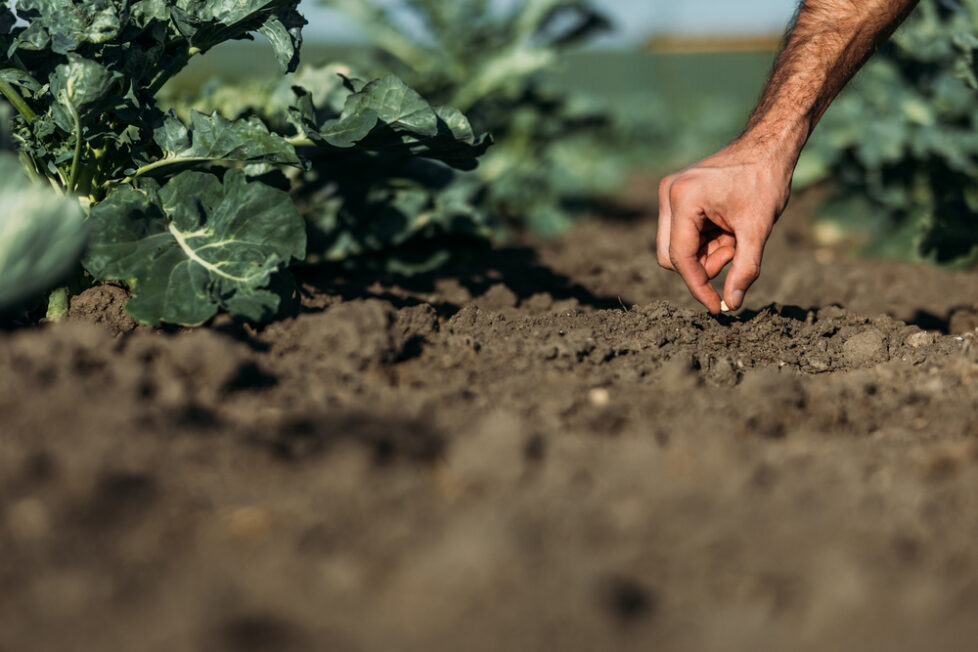Five Agricultural Trends To Be Watching For In 2024

LINKS TO CONTENT
ToggleFarming today is associated with overcoming many difficulties, including the impact of climate change, rising prices, disruptions in supply chains, and others. Advances in agro-technology are helping farmers adapt and increase their fields’ productivity in more sustainable ways to meet the food demand of a growing population. Here we look at the top five agricultural trends to be watching this year.
The concept of precision farming involves managing agriculture based on observing crop fields, measuring, and responding to changes. This practice enables growers to collect valuable crop data in with the help of technological solutions, including the most up-to-date satellite images, make effective decisions, and take timely measures to protect crops.
The adoption of technology is becoming more widespread and is significantly contributing to shaping the future of food systems. Population growth poses new challenges for the food industry, and how the industry responds to these challenges affects global food security. In connection with this fact, monitoring technological trends in agriculture is essential.
Different land viewer tools can help to see what is hidden from the naked eye. Today, satellite data is one of the top agricultural trends and is more commonly used than ever. It also shows high efficiency in implementing agricultural tasks. EOSDA LandViewer enables users to find the images of selected AOI from different sources. This tool also gives access to many features for processing satellite images and extracting useful information from them on a single platform.
Hyperspectral devices provide high-quality satellite images of the Earth, thanks to which users can get valuable detailed information about the state of farmlands. Satellites provide growers with information on soil and air temperature, carbon emissions, soil moisture, and weather. This information makes growing crops more controlled and productive.
The satellites also help farms achieve their ESG goals. For example, when an enterprise strives to become carbon-neutral. Tracking illegal logging and deforestation is also available through satellites.
In agriculture, drones enable several vital tasks, including aerial photography and plant health monitoring. With their help, farmers also control pests and manage livestock. These devices also make a significant contribution to improving product quality.
An essential advantage of drones is that they are less human error, and their operation does not require close supervision. UAV images can be combined with satellite pictures of the Earth for a deeper analysis of soil quality and field potential.
Sustainable agricultural practices are becoming more common. European and US governments are encouraging the development of sustainable farming through investment. Private companies are also increasing budgets for environmental sustainability in 2024.
Inefficient agricultural activities create many problems by increasing greenhouse gas emissions. Technological solutions reduce emissions by storing, capturing, and utilizing carbon. Platforms for data analysis and carbon sequestration maps help save agriculture resources. Efficient allocation of resources based on the needs of specific areas of the field also helps to reduce emissions.
A significant agricultural trend is the ecosystem which includes seed producers, governments, agro and food companies, and technology providers. In this complex system, many stakeholders often operate in silos, thus limiting innovation and collaboration. However, the digitalization of the industry enables enhanced decision-making to ensure food security, combat climate risks and improve the supply chain.
The result of digitalization in 2024 will be the development and expansion of cooperation between stakeholders. Agritech companies will help establish partnerships in the agroecosystem and share information through industry-specific cloud platforms that provide access to live satellite images and agricultural data analytics. Thus, experts can quickly identify problems along the entire value chain and take action to solve them.
The development of the carbon sequestration market will continue to evolve, leading to new carbon footprint reduction practices along with no-till practices and cover crops. As reducing the carbon footprint becomes an essential criterion for product development, there will be more opportunities for introducing biofertilizers and bioproducts in general.
About a third of the world’s soils are already degraded. For this reason, soil health is a subject of close attention. Products that improve and maintain soil health will emerge and gain popularity on the market.
In 2024, sustainable practices and technologies that help reduce the negative impact of agriculture on the environment will remain relevant and continue to develop. Governments are also stepping in and investing in making the industry more sustainable.
The digitalization of agriculture is expected to continue and facilitate partnerships and information exchange within the agricultural ecosystem. Satellite technologies, UAV applications, precision agriculture, and technologies to reduce the carbon footprint will continue to develop and become more in demand.
These agricultural trends are relevant. While companies strive to stay ahead of the competition, manufacturers continue to receive new information. In addition, the needs of agricultural producers around the world are changing, and changing the mindset of companies toward serving farmers will contribute to the faster adoption of innovative methods and technologies.
I am a lifelong eco-activist. Her expertise covers satellite monitoring of natural and man-made landscapes and detection of changes in surface characteristics. Tatyana is a Ph.D. student in information technology and has an impressive list of technical publications.
